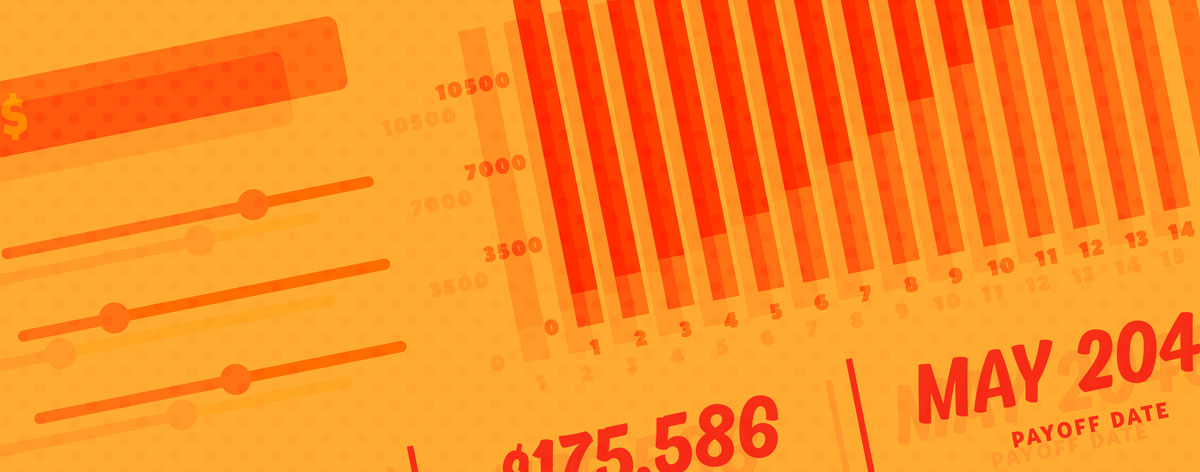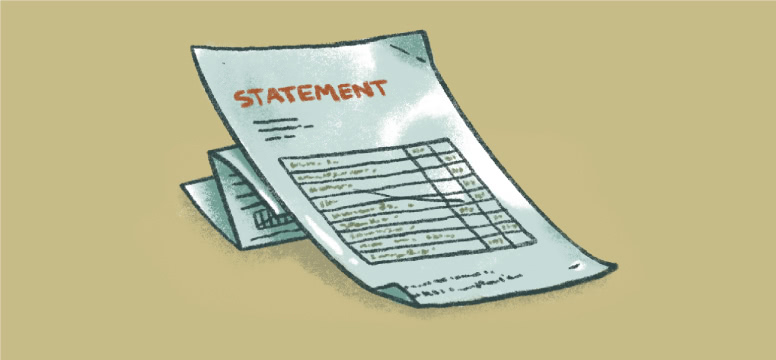

Grace Period
First, the good news: most federal student loans come with a six-month grace period before repayment begins. (With a Perkins loan, the grace period can be as long as nine months.) The idea behind the grace period is to give you time to get settled post-school and figure out a repayment plan.
Keep in mind that for many loans, interest still accrues during the grace period and is added to the outstanding balance. Some circumstances impact your grace period, like if you enter active duty military service, re-enroll in school at least part-time, or consolidate your loans.
Repayment Plans
You’ll likely be assigned a repayment plan for your federal student loans, but you can change plans anytime, for free, depending on what works for your financial situation. It’s smart to think through all of your eligible options, rather than simply picking the lowest monthly payment or the quickest payoff. For instance, some plans include loan forgiveness after a set amount of payments, or offer flexible payments based on a percentage of your income. See details on all of the repayment plans at https://studentaid.gov/manage-loans/repayment/plans.
Fixed Repayment Plan Options
Standard Repayment Plan
- Eligibility: All borrowers
- Monthly Payment: At least $50 minimum
- Repayment Period: Between 10-30 years
- Pros: Pay back loan quickly and pay less overall
- Cons: Fixed payments don’t reflect current income
Graduated Repayment Plan
- Eligibility: All borrowers
- Monthly Payment: Payments start lower and increase over time
- Repayment Period: 10 years
- Pros: Ideal if you expect income to increase in the future
- Cons: Plan will likely cost more overall than standard repayment plan
Extended Repayment Plan
- Eligibility: Most borrowers qualify, but if you have direct loans, you must owe more than $30,000
- Monthly Payment: Fixed or graduated payments
- Repayment Period: Up to 25 years
- Pros: Payments are lower than with the standard or graduated plan
- Cons: Plan will cost more overall because of increased repayment period
Income-Based Repayment Plans
SAVE (Saving on a Valuable Education) Plan
- Eligibility: Anyone with eligible federal student loans. Borrowers who were on the former REPAYE Plan were automatically enrolled in SAVE.
- Monthly Payment: Based on family size and income
- Repayment Period: 20-25 years
- Pros: If you make less than $32,800 a year as a single borrower, your monthly payment is $0
- Cons: The higher your income, the more you'll pay.
IBR (Income-Based Repayment) Plan
- Eligibility: Borrowers with high debt relative to income
- Monthly Payment: 10-15% of discretionary income but never more than what you would pay under standard repayment plan
- Repayment Period: 20-25 years
- Pros: Outstanding balances are forgiven if you haven’t repaid the loan in full after 20-25 years, depending on when you received your first loans
- Cons: You must update your income and family size every year, even if they haven’t changed
ICR (Income-Contingent Repayment) Plan
- Eligibility: Direct Loan borrowers
- Monthly Payment: The lesser of 20% of discretionary income or the amount you’d pay on a repayment plan with a fixed payment over 12 years
- Repayment Period: 20-25 years
- Pros: Outstanding balances are forgiven if you haven’t repaid the loan in full after 25 years. Good for people seeking Public Service Loan Forgiveness (PSLF)
- Cons: You must update your income and family size every year, even if they haven’t changed. You must have direct loans to qualify
PAYE (Pay As Your Earn Repayment) Plan
- Eligibility: To qualify for PAYE you must be a new borrower with federal direct loans.
- Monthly Payment: 10% of your discretionary income
- Repayment Period: 20 years
- Pros: To qualify, your monthly payment must be less than what you'd pay under Standard Repayment Plan.
- Cons: Best for spouses with two incomes, those with grad school debt, or those with low earning potential.
Deliquency
No matter what plan you choose, pay close attention to the amount due each month and pay it in full by the due date. Your loan is considered past due, or delinquent, one day after you miss a payment. If your account is delinquent for 90 days or more, the loan servicer reports that delinquency to the three major credit bureaus, impacting your credit score and making it difficult to secure other loans.
If you fail to make loan payments for around nine months, your loan could go into default. This carries serious consequences, like the entire balance coming due, loss of ability to choose a repayment plan, potential pay garnishment and tax refund withholdings, and even legal repercussions.
Deferment and Forbearance
If you’re in a tight spot and making your loan payments is a challenge, look into deferment or forbearance options. The details vary, but both options suspend your payments for a period of time.
Deferment temporarily postpones loan repayment under certain conditions, like if you’re undergoing treatment for cancer, experience a qualified economic hardship, enroll in a graduate fellowship program, or are on active military service.
Forbearance temporarily suspends or reduces loan payments. Your loan servicer can grant a general forbearance for things like financial difficulties and changes in employment. There are also situations that require mandatory forbearance, including National Guard Duty, and participation in a medical or dental residency.
Even if you qualify for these temporary assistance measures, in most cases interest on your loan will continue to accrue. And if you’re working on loan forgiveness, you won’t make progress toward forgiveness until you start repayments again. For that reason, it’s better to switch to a different repayment plan, if possible, when making payments becomes difficult.
Consolidation
Borrowers with multiple federal student loans may be able to save money (and time) by consolidating them into one fixed-rate loan. Consolidation is free, and can lower your monthly payment or make it possible to qualify for income-based repayment plans and loan forgiveness programs.
Consolidation can extend your repayment period, though, and you may pay more in interest. Also, you’ll lose any borrower benefits such as interest rate discounts, principal rebates, or some loan cancellation benefits on your existing loans when you combine them into a new loan. Keep in mind you can consolidate some of your loans while keeping others as-is.
If you have private loans, consolidation may also be an option, but it depends on your lender.
Get Info
Stay on top of federal student loan details by visiting https://studentaid.gov/h/manage-loans. Here you can find loan servicer details, estimate payments, start making payments, and more. If you have private loans, you’ll need to contact each lender individually for this information.
Neither Banzai nor its sponsoring partners make any warranties or representations as to the accuracy, applicability, completeness, or suitability for any particular purpose of the information contained herein. Banzai and its sponsoring partners expressly disclaim any liability arising from the use or misuse of these materials and, by visiting this site, you agree to release Banzai and its sponsoring partners from any such liability. Do not rely upon the information provided in this content when making decisions regarding financial or legal matters without first consulting with a qualified, licensed professional.
